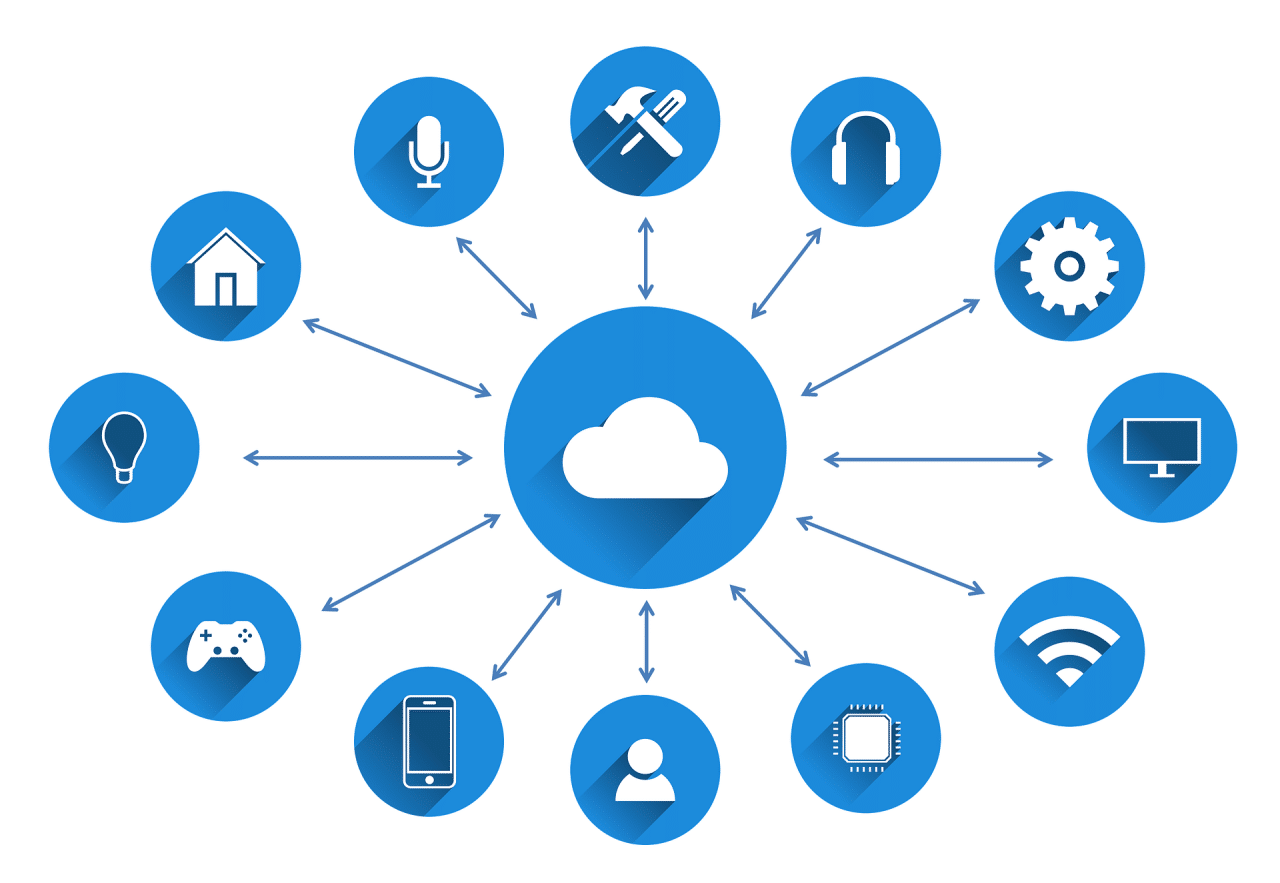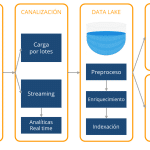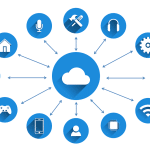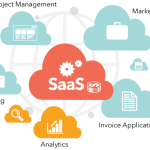According to the research group Forrester, cloud computing defines a group of abstract, highly scalable, managed computing infrastructures capable of hosting consumption applications and consumption-based billing.While the US National Institute of Standards and Technology (NIST) is developing a definition of cloud computing as a model for providing convenient, on-demand network access to a shared pool of configurable computing resources (e.g. networks, servers, storage, applications and services). ) that can be quickly shared and activated with minimal interaction from management or service providers.
The computing paradigm provides one of the easiest ways to access and store data on the Internet rather than storing it on a computer’s hard drive. It is also referred to as a broad group of systems that help us stay connected to public or private networks and provide a dynamically scalable infrastructure for storing data, files and applications.
With the advent of this technology, the storage, distribution and computing costs of content, as well as hosting applications, have been significantly reduced. It has the potential to transform the data center from a capital intensive facility to a variable price environment.
A feature of cloud computing is self-service, where the customer can request and manage their own computing resources. Wide network access enables the availability of private network or Internet services. This technology provides a shared resource pool where the client uses a pool of computing resources typically located in a remote data center.
Cloud computing service models
Cloud computing services can be divided into three categories: Software as a Service (SaaS), Platform as a Service (PaaS) and Infrastructure as a Service (IaaS).
Software as a Service (SaaS)
In this service model, cloud-based applications are offered to the customer as an on-demand service. This is a single instance of the service running on remote computers owned and operated in the cloud. It is connected to users’ computers via the Internet, usually via a web browser. Examples of SaaS include social networks such as Facebook, Twitter, Flickr and Google, although users can access the services from any device with internet access.
Platform as a Service (PaaS)
The Platform as a Service (PaaS) model is a layer above the Software as a Service setup and provides the hardware, network and operating system so that the customer can build their own applications and software.To meet application requirements such as scalability and manageability, PaaS providers offer a predefined combination of operating systems and application servers, such as a limited J2EE platform, LAMP (Linux, Apache, MySql and PHP), etc. For example, website developers can at any stage of the Use custom PaaS environments throughout the creation, testing and ultimately hosting process of their websites.
Infrastructure as a Service (IaaS)
Infrastructure as a Service (IaaS) is the basic computing and storage functionality provided by a standard service over a network. This model reduced the workload by consolidating and sharing data center space, storage systems, network equipment, servers, etc. In addition, the customer can develop and install their own operating systems, software and applications.
Cloud Computing Deployment Models
To make applications accessible and distributable, companies can choose cloud computing in a public, private or hybrid cloud. Cloud integrators play a key role in determining the right cloud path for every business.
Public Cloud
Typically, public cloud services are delivered over the Internet and owned and operated by companies that use them to provide other organizations or individuals with quick access to appropriate computing resources.This delivery model eliminates the need for consumers to purchase support infrastructure, hardware or software owned and operated by vendors.
Private Cloud
In this deployment model, the cloud infrastructure is managed solely by a specific organization and managed by that organization or a third party. Although private clouds offer more control over resources and are not multi-tenant, they serve to leverage the power of different clouds.
Hybrid clouds
This cloud computing deployment model combines public and private cloud models. In a hybrid cloud environment, the service provider can rely entirely or partially on third-party cloud providers, which increases the flexibility of data processing.
This technology therefore offers many possibilities for the everyday computer user as well as for large and small companies. However, for organizations and individuals, cloud computing offers benefits and operations are moving to an interface surrounded by multiple consumer groups and service providers.
Cloud Computing: Risks and Benefits:
Cloud computing is a term we hear a lot these days.What does that mean? In simple terms, this means that data and programs are stored and accessed over the Internet, not through your computer’s hard drive. The computing power of a network of computers located elsewhere and owned by third parties and associated software are provided as a service to you.
“Cloud” essentially refers to a group of connected machines with storage units and processors that become an extension of your local computer. Although it is often mentioned in the context of data storage, cloud computing also allows accessing content and services, running applications or developing software using online tools provided by third parties.Companies that offer these services are called cloud providers and typically charge users a fee based on their usage, similar to utility companies.
The National Institute of Standards and Technology (NIST) defines cloud computing as:
“Cloud computing is a model that enables ubiquitous, convenient, on-demand network access to a shared pool of configurable computing resources (e.g., networks, servers, storage, applications, and services), rapidly provisioned using a management or management system Minimal management can be provided. Interaction with the service provider”
Cloud computing enables network access to shared resources such as networks, applications, services, storage, etc. from anywhere and at any time. Cloud solutions are offered to organizations in the form of Infrastructure as a Service (IaaS), Platform as a Service (PaaS), and Software as a Service (SaaS solutions), and now Internet of Things (IoT) solutions.A cloud computing company offers resources such as virtual machines, networking, and storage capacity.
Cloud Computing: A Security Threat?
research suggests that companies are now increasingly willing to engage companies that offer SaaS and IoT solutions. As more and more companies use the cloud, hackers are also targeting it. The Cloud Security Alliance has released a report detailing the threats an organization may face when transitioning to cloud computing.In fact, for several years now, cloud computing has evolved faster than cloud security can protect it. However, 2016 marked a turning point in bridging this gap with the emergence of robust cloud security tools that outperform their counterparts with non-cloud security architectures. Cloud-based big data security aggregators have developed the intelligence to accurately identify and assess attack attempts before they cause further damage. Thanks to advances in SDN, IT administrators can now see entire networks, reducing incident response times and providing early detection capabilities. Cloud providers can also use their vast network to fend off the worst DDoS attacks much better than traditional networks.










